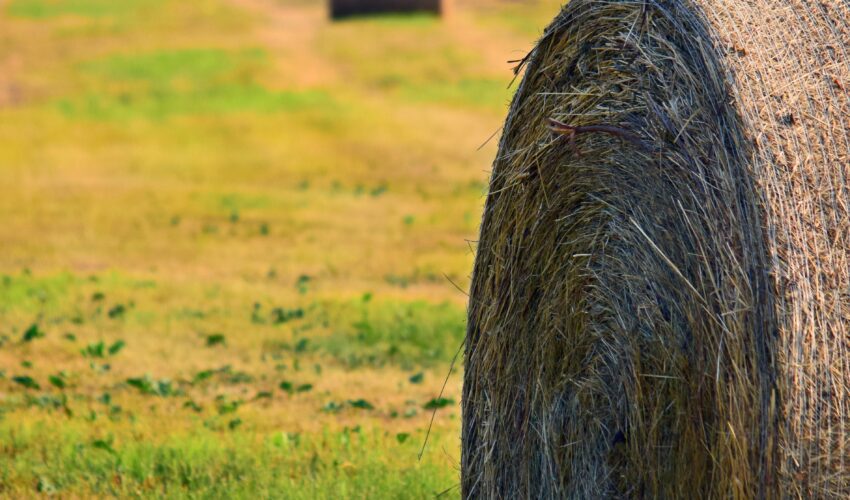As we head into the hot month of August, it’s important to understand how supplementing your cattle’s diet during times of drought can protect your bottom line. Discover strategies to support your operation during times of drought, options you can implement in August and September and why incorporating nutritious feed during times of drought is so important in this short article.
Why Proper Feed During Times of Drought is Important
As forages mature throughout summer, they lose nutrients including protein, which causes deficiencies in a cattle’s diet. Ultimately, this can lead to poor body condition, health challenges and lost revenue.
Introducing protein supplements in the form of blocks or Rangeland tubs in August before forages lose nutritional value can help your herd maintain healthy body condition, keep feeding costs low and support re-breeding.
Management Techniques for Drought Conditions
Supplements are not the only option to protect your operations during times of drought. Here’s a list of strategies that you may want to consider:
- Culling: cull cows that are least likely to make a profit
- Selling Cows: rather than buy feed, sell cows if it makes more sense for your operation. Commit to selling cows or buying feed but not both
- Supplement: supplement with protein blocks, tubs and/or cubes
- Weaning: wean calves to decrease nutrient requirements for cows (Contact a Munson Lakes Representative to discuss a feeding strategy for weaning calves)
- Buy Proper Feed During Times of Drought: purchase price should be based on the nutrients (energy and protein) provided. Beware of quality issues like noxious weeds, mold and nitrates
What To Do When There Are No Forages
If no forages are available, the use of commodity feeds can help reduce feeding costs. Soybean hulls, wheat middlings, corn gluten feed and corn distillers grains may be considered. Creep will help increase calf weights but should not replace milk; creep may decrease calf forage intake.
Additionally, keep these tips in mind:
- Ensure there is plenty of clean water available for your herd
- Manage heat, shade, dust and flies in dry lots
- Include protein in your feeding strategy through supplementation, if necessary
- Test for nitrates if you believe your hay was cut under moisture stress conditions
- Avoid cattle grazing in short pastures to avoid consumption of toxic plants
- Avoid feeding low quality forage such as corn stalks, straws and cobs for digestibility
- Feed the most productive cows in the herd when forages are limited
Resources for Feed During Times of Drought
If you would like to discuss which strategies make the most sense for your operation and what to feed during times of drought, please contact our office at (320) 543-2561, and we will connect you with a Munson Lakes Representative. Visit The Country Store for tubs, blocks and more!

